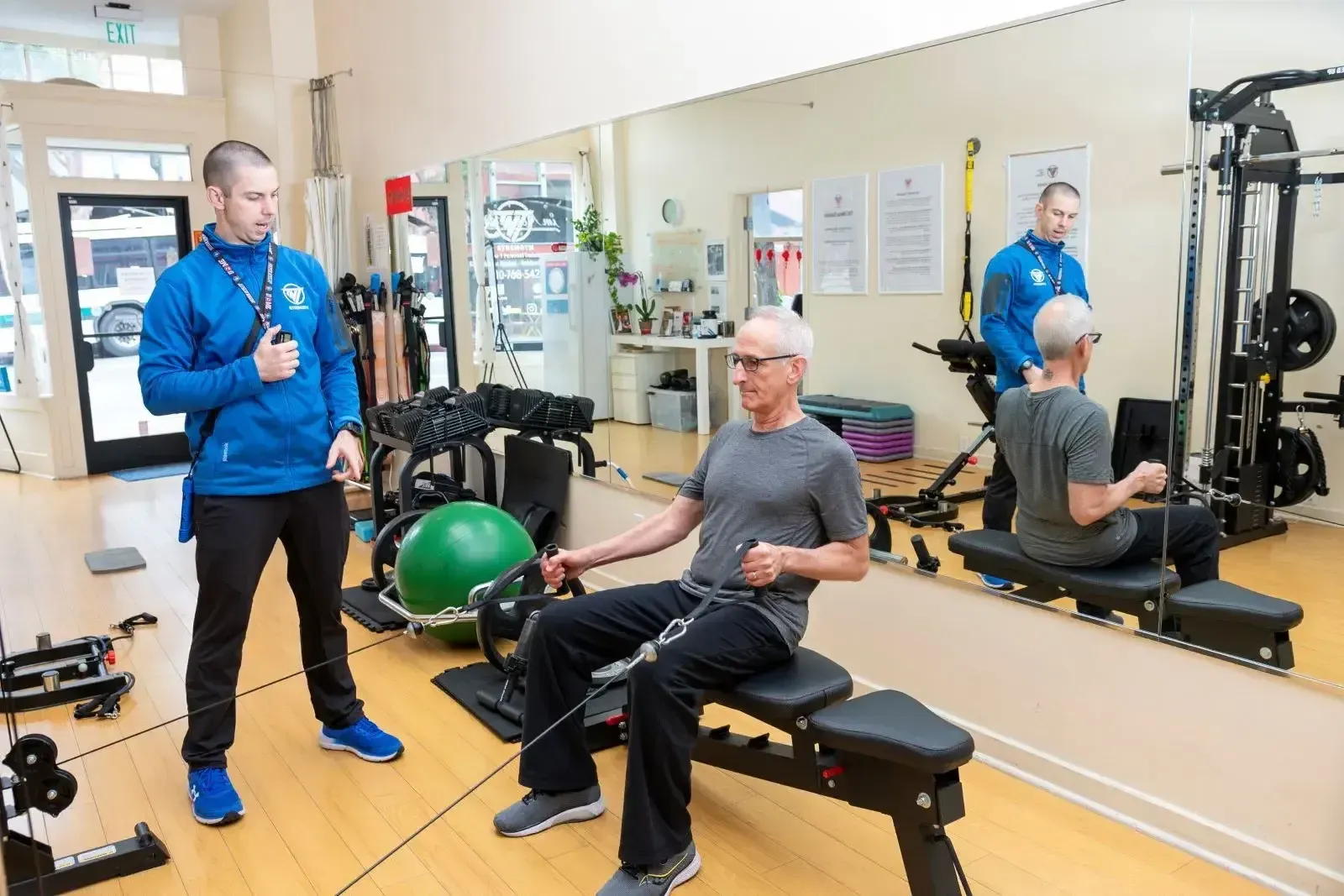Killing Me Softly

In days of yore the two things most responsible for human mortality were 1) childbirth, and 2) homicide (two violent and painful ways to go). Nowadays, humans are dropping off for chronic reasons instead of acute events, the top two being heart disease and cancer, respectively ( according to this 2017 report from National Vital Statistics).
Why has there been a major shift in human causes of death? In this post I’ll offer three likely contributors to the prevalence of chronic disease and two potential solutions.
Dennis Mangan (@Mangan150 on Twitter) recently discussed the “3 horsemen of the dietary apocalypse” on a recent podcast episode with TNT. The culprits were as follows in no particular order:
-
Processed foods
-
Sugar
-
Industrial seed oils (vegetable oils)
When it comes to keeping a healthy diet in the 21st century I feel it’s best to take the Ezekiel 25:17 approach best exemplified by Sam Jackson in Pulp Fiction.
In our case, the inequities of the selfish are the negative health consequences of widening income inequality. The tyranny of evil men are any number of things including, but not limited to, pharmaceutical intervention ahead of dietary changes, lack of nutritional education in the medical community, and misdirection from government regulators regarding nutrition.
On average, people should be much less worried about being murdered but with the advent of modern food processing and the omnipresent availability of food, a person must really keep their head on straight to avoid chronic disease.
Nitrates, nitrites, gluten, and glyphosate are just a few of the harmful potential ingredients in processed food. Nitrates are carcinogenic preservatives found mainly in processed meat products. Unfortunately, the research around nitrates has lead people to conflate their ingestion with eating meat in general also being dangerous. This is misleading as eating well-sourced meat products is not only probably the most healthy thing you can eat, but humans have been doing it for hundreds of thousands of years.
Even if you don’t suffer from Celiac’s Disease, many people still suffer from gluten sensitivities. Bloating, gas, and diverticulitis are a few of the potential symptoms of gluten intolerance. Aside from negative feelings that can go along with eating gluten, the actual nutrition we are getting from the dwarf wheat gluten products like pasta are basically bastardized versions of progenitor wheat varieties. Glyphosate is the active ingredient in Roundup. Glyphosate is highly toxic and Monsanto is literally paying out billions in settlements to former employees who have developed cancer as a direct result of chemical exposure.
Sugar and insulin go hand in hand. And where there is insulin, there is body fat. Chronically elevated insulin levels often lead to obesity, Type 2 diabetes, high blood pressure, and heart disease. Fructose from fruit and cleverly disguised sugars like sucralose, evaporated cane sugar, and monk fruit extract all provoke similar insulin responses to glucose. So even when the nutrition label reads “0g sugar” your pancreas doesn’t see it the same way. Chronically elevated insulin is also linked to cancer.
Industrial seed oils come in many forms: Canola oil, safflower oil, sunflower oil, margarine, soy bean oil, etc. These oils raise LDL cholesterol, which may not be a bad thing in and of itself. However, problems arise in humans when the ratio of LDL:HDL cholesterol gets too far away from 2:1, respectively. Vegetable oils are almost ubiquitous in packaged foods. In other words, the potato is probably not the worst part of the chip, it’s more about what the chip is covered in.
The path of the healthy person is beset on all sides by the inequities of food labeling and the tyranny of the food processing industry.

So now what options does that leave us? The solution must be a complex combination of medical miracle and dietary intervention, right? It’s actually simple:
-
Eat more meat
-
Compress your eating window
Animal meat is loaded with protein, fat, and micronutrients. These are the building blocks of muscle and retaining muscle over time prevents chronic disease. Eating large amounts of animal protein does not produce a statistically significant increased risk of colon cancer and the JACC released a report in June 2020 saying they do not recommend limiting saturated fat intake. Do a Google search and look at all the vitamins and minerals found in meat to see that this is a viable plan.
Fasting, intermittent fasting, and time-restricted eating all boil down to the same concept: take away the power of insulin and stimulating autophagy. The more times per day you eat and the more time between your first meal and your last one, the higher your fasting insulin levels will be. An accessible way to experiment with this is to try skipping breakfast for a week or a month. Drink black coffee to suppress appetite. Even if you don’t change what you’re eating, if you change when you’re eating you will likely lose weight. Be patient with this as insulin sensitivity may take a few months to ramp up depending on how long you’ve been resistant.
Most of us want to live a long and healthy life doing the things we love with the people we love. If you avoid the 3 horsemen, eat lots of meat, and play with time-restricted eating, you will start to feel like Sam Jackson holding a 9mm to a cowering manifestation of heart disease, cancer, and obesity.
By: Jesse Schmidt
Experience the TNT Strength difference with a free workout.
START YOUR FITNESS TRANSFORMATION WITH A
FREE WORKOUT
Complete the form and we'll set up an appointment for you.











